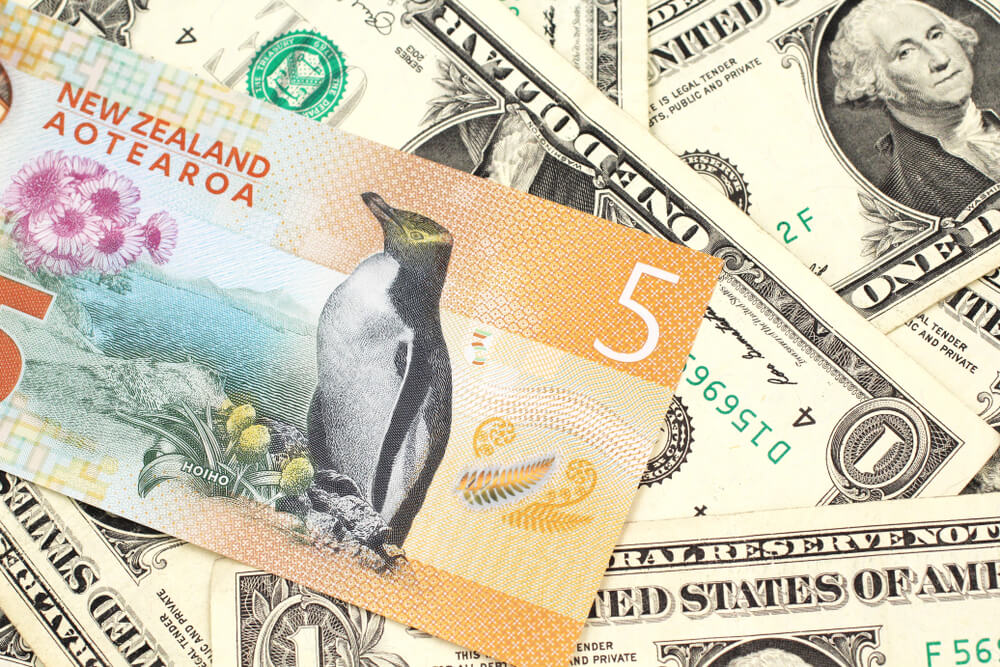
NZD/USD analysis for May 17, 2021
Looking at the chart on the daily time frame, we can do the following technical analysis. After reaching the previous high at 0.74600 in early March, we see a pull to the lower support line at 0.69450 and then pr again moving to the bullish side. By setting the Fibonacci level, we see that the NZD/USD pair is consolidating, and now between 32.8% and 61.8% of the Fibonacci level, the movement is currently between 0.71400-0.72650. A break above 61.8% or a drop below 32.8% will give us a stronger signal of a more concrete continuation of the trend. The running averages of the MA20 and EMA20 are in the middle of this consolidation, while the MA50 provides bottom-up support with a 32.8% Fibonacci level. The MACD indicator is on the bearish side if its movement is lateral and the consolidation of the NZD/USD pair.
We can single out the following economic statements and news for the NZD/USD pair:
Mixed Chinese economic data has paid tribute to kiwi, China’s largest trading partner. The slowdown in the Chinese economy affects the mood of the NZD. Chinese retail sales rose to 17.1% year-on-year in April, below the previous jump of 34.2% and well below market expectations of 24.9% growth. Industrial production jumped to 9.8%, in line with market expectations. The mixed data weighed the feelings around the kiwi and pushed the couple lower. Meanwhile, domestically, the performance of the Business NZ services index rose to 61.2 in April compared to 52.9 in the previous Marsh.
The arrival of foreign visitors to New Zealand decreased by 97.4% compared to the same period last year. Unsuccessful U.S. retail data released on Friday failed to boost the market, and consumer sentiment fell the University of Michigan’s below forecasts due to rising inflation in next period. Escalating tensions in the Middle East has helped the attractiveess of DOLLAR in their attractive haven. U.S. Secretary of State Anthony Blinken spoke with Qatari, Egyptian, and Saudi foreign ministers on Sunday about concerns in Israel, the West Bank, and Gaza, Reuters reports. The dynamics around the US dollar continue to affect the NZD/USD pair’s performance by putting pressure on the kiwi.



